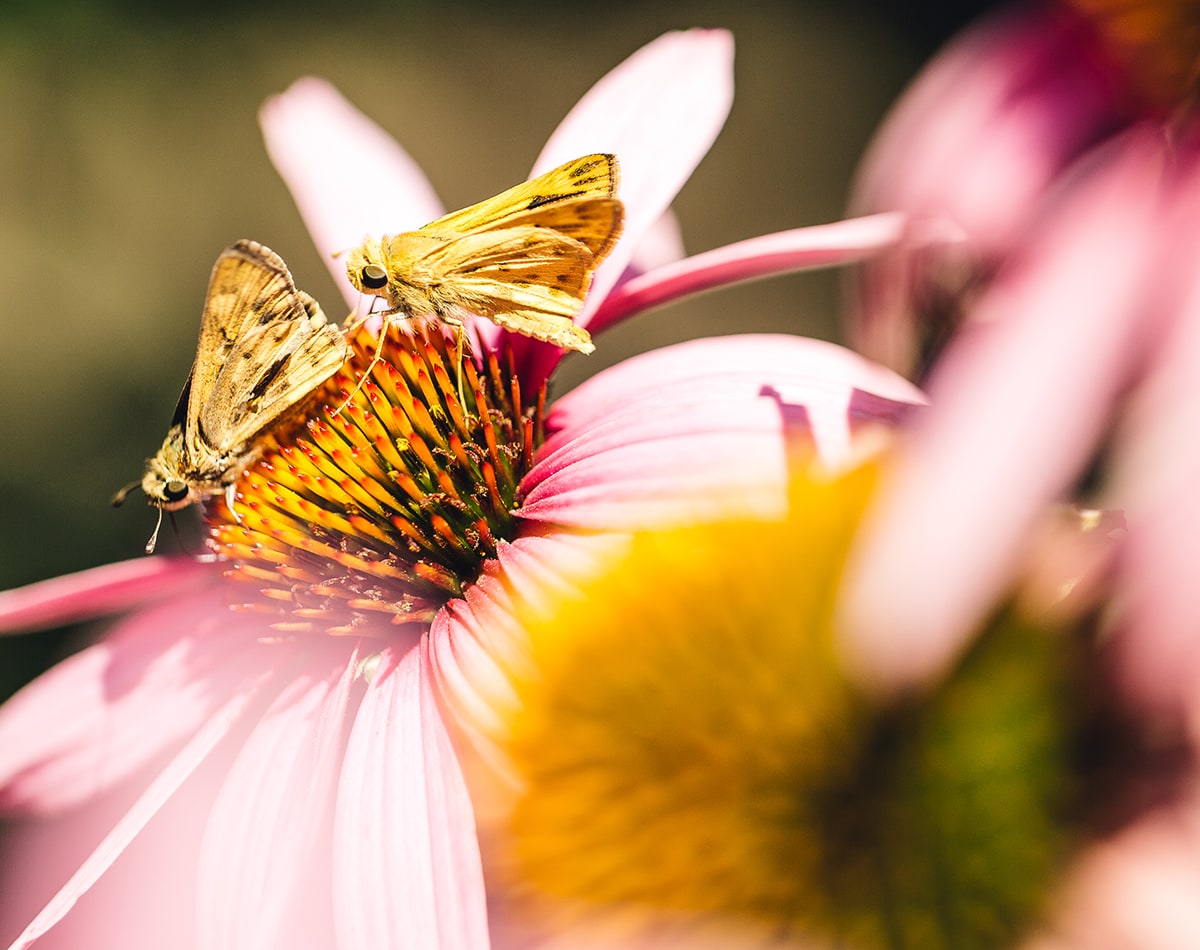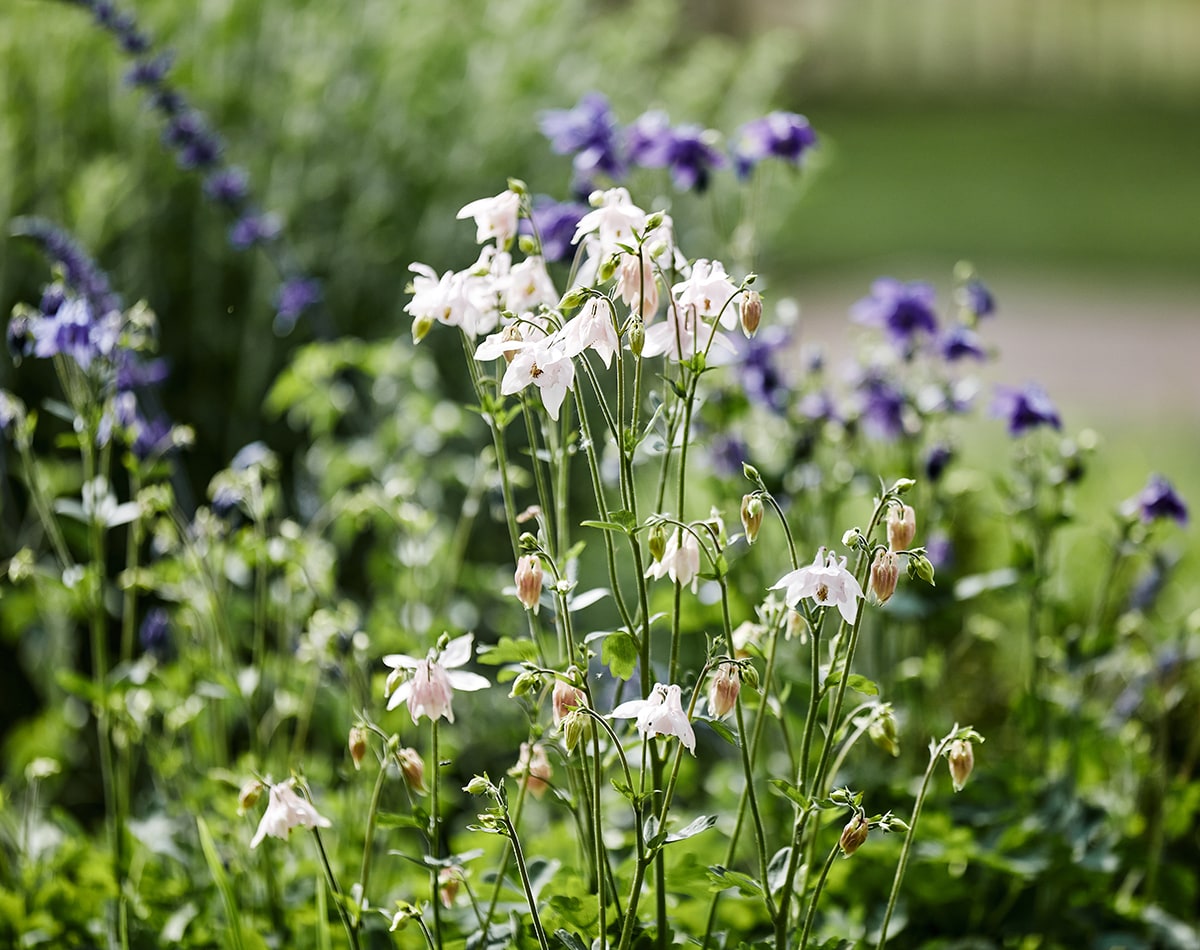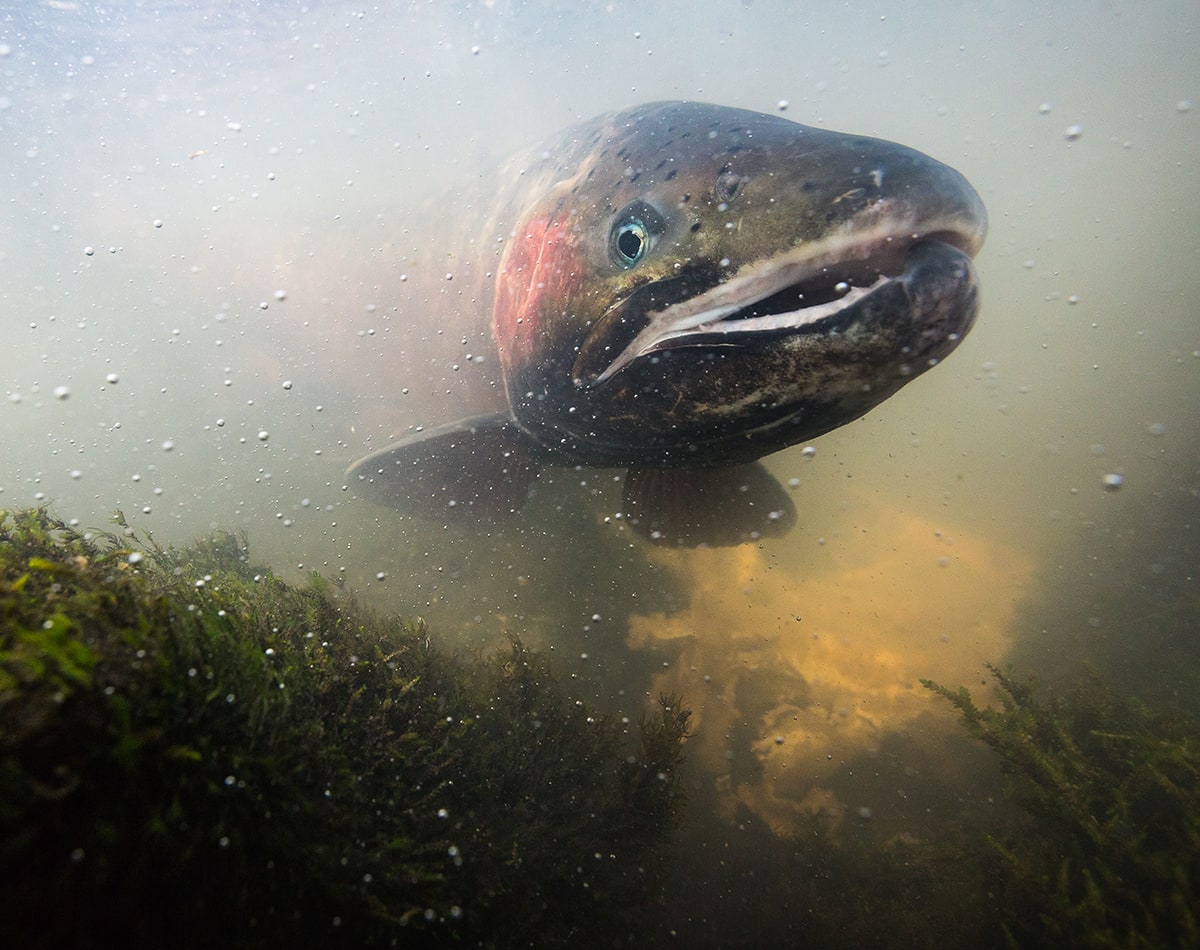Varietal: Zinfandel, St Peters Church Clone
Rootstock: St. George
Year Planted: 2012
Soil Types: Sandy Loam, Alluvial, Clay Loam
Varietal: Zinfandel, Dupratt Clone
Rootstock: St. George
Year Planted: 2012
Soil Types: Sandy Loam, Alluvial, Clay Loam
Varietal: Zinfandel, Primativo 03 Clone
Rootstock: St. George
Year Planted: 2012
Soil Types: Sandy Loam, Alluvial, Clay Loam
Varietal: Petite Sirah, 03 Clone
Rootstock: 101-14
Year Planted: 2012
Soil Types: Sandy Loam, Alluvial, Clay Loam
Varietal: Petite Sirah, Rockpile Clone
Rootstock: 101-14
Year Planted: 2012
Soil Types: Sandy Loam, Alluvial, Clay Loam
All Petite on 101-14 Stock
Biodiversity is the key to resilience, and our gardens have flora and fauna in abundance.
This hidden garden of Eden is filled with native and specially selected botanicals planted to attract a wide variety of pollinators, birds, and butterflies.
We have been restoring our section of Dry Creek to protect endangered fish and all the creatures that depend on a healthy watershed.

This hidden garden of Eden is filled with native and specially selected botanicals planted to attract a wide variety of pollinators, birds, and butterflies. The mix of fruit trees, heirloom apples and pears along with newly integrated plums, cherries and Mediterranean figs rounds out the multi-varietal design. Also known as an “insectory”- the goal is to attract and create habitat for the good bugs, who return the favor by feasting on harmful pests. In addition to eliminating the need for toxic insecticides, our beneficial insect friends also assist in pollination. Look closely and you will see our own little army of lady bugs, ground beetles, parasitic wasps, predatory mites, and bees.

Diversity is the key to resilience, and our gardens have flora and fauna in abundance. New varieties of vegetables are continually added to the crop rotation, and include squash, greens, beets, tomatoes, and lots more. This garden benefits from the contribution our animals make, in the periodic addition of compost that is composed of animal manure and grape pomace. Throughout the estate, we have many botanical flowers planted alongside natives, including lavender, California fuchsia, rock rose, rosemary, butterfly bush, white guava, Peruvian lily, Jerusalem sage, ceanothus, and red valerian. There are too many trees to count, including toyon, black walnut, olives, weeping willows, cottonwood, live oak, blue oak, and many more. Of course, no synthetic fertilizers are used. Instead, we farm soil so that the plants will thrive.

We have been restoring our section of Dry Creek to protect endangered fish and all the creatures that depend on a healthy watershed. This isn’t just a sanctuary for salmon and steelhead trout, it is also refuge for osprey, red tail hawks, golden eagles, blue herons, white cranes, ducks, occasional otters, and our very own Wine Club members. What could be more inviting than to hunker down in our iconic red Adirondack chairs with a glass of wine in hand, enjoying the serene beauty that a thriving ecosystem provides.